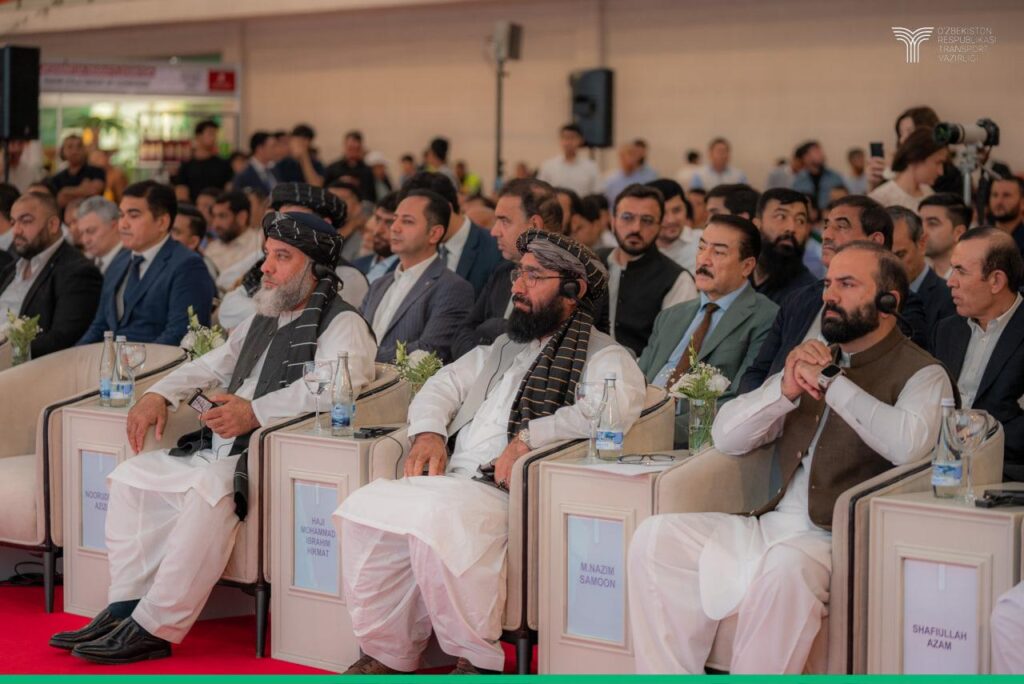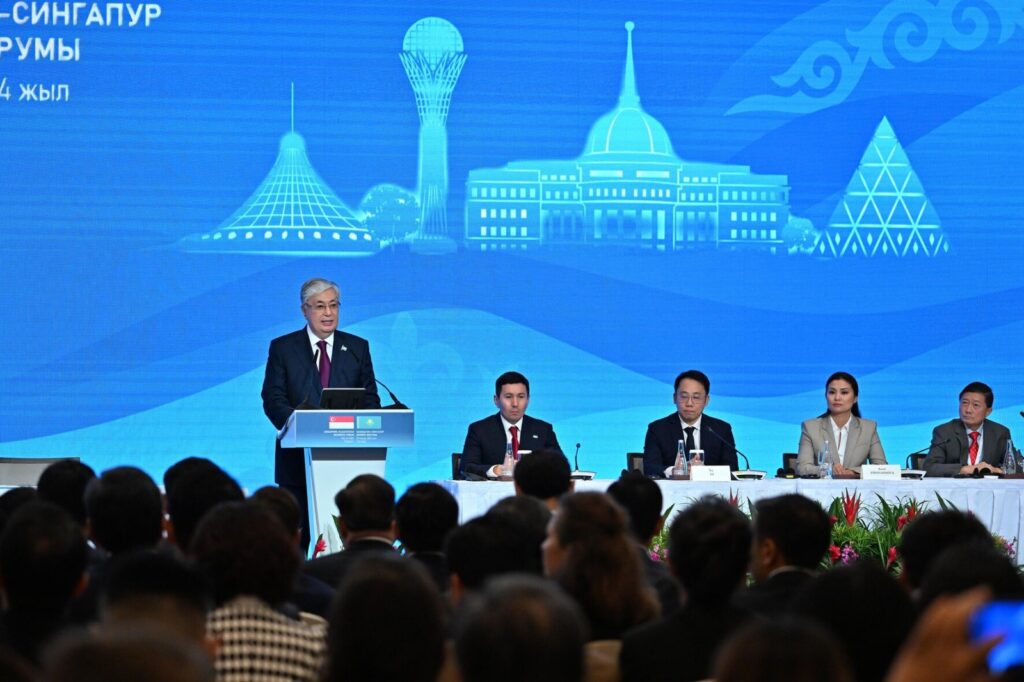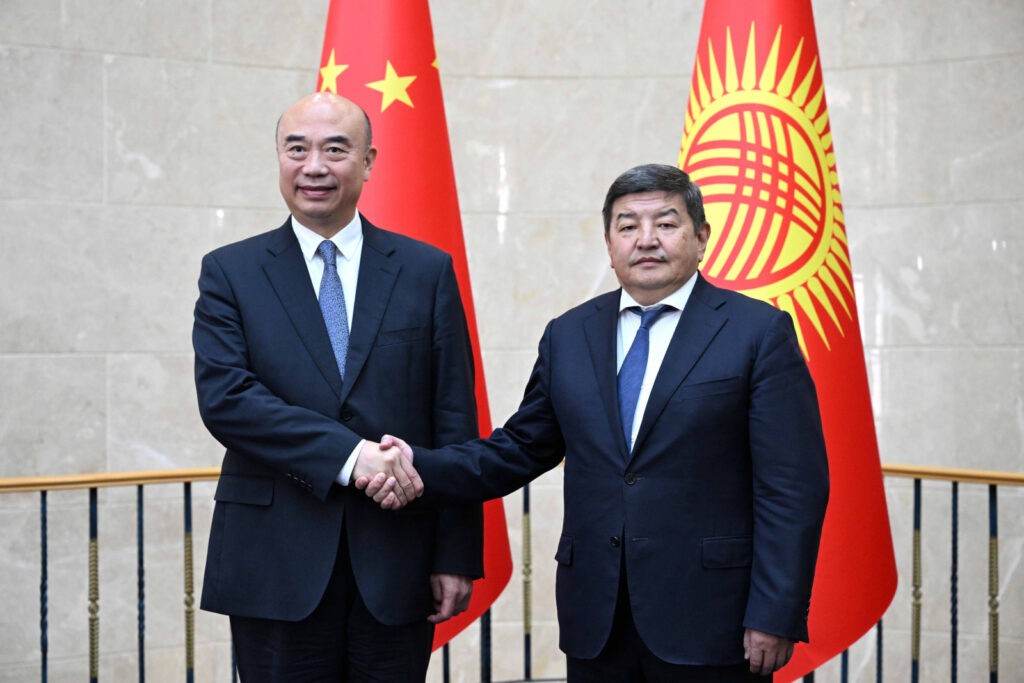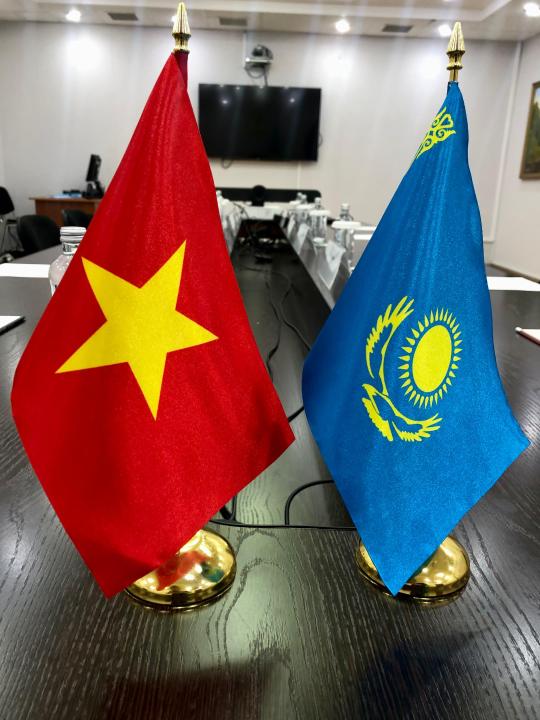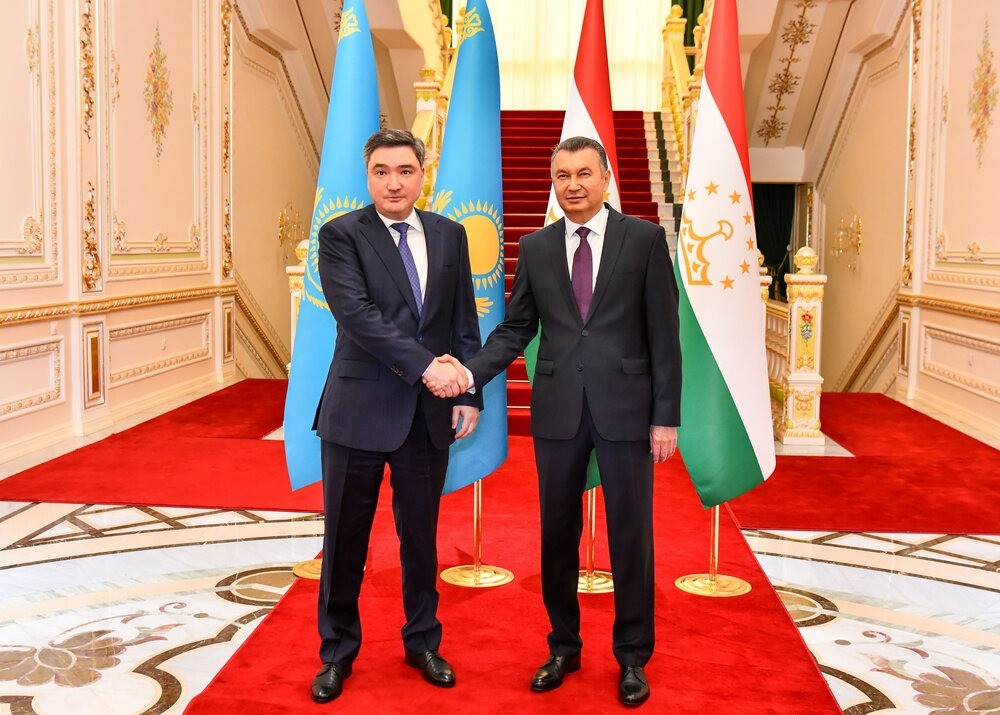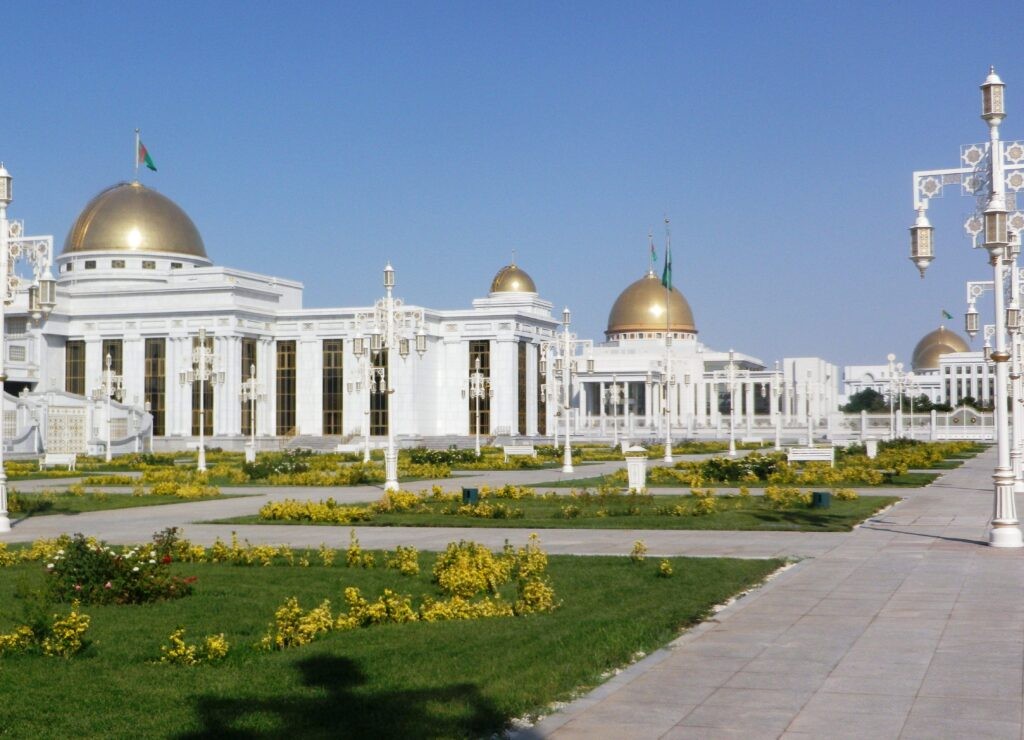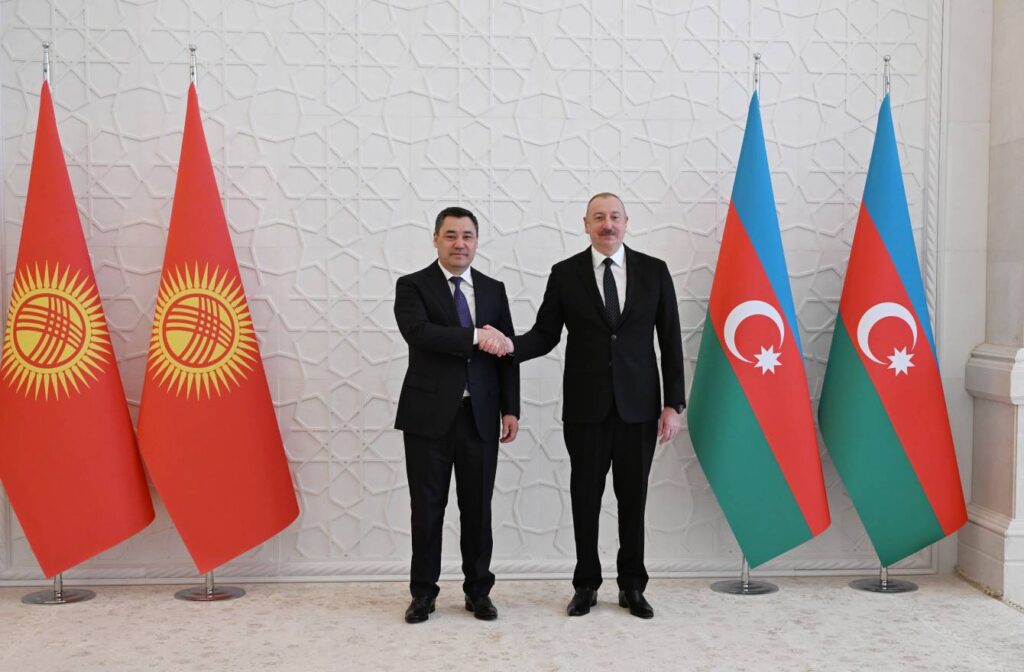Mutual Direct Investments Among Central Asian Countries Growing
On December 19th, the Eurasian Development Bank (EDB) said it is continuing its series of EDB Monitoring of Mutual Investments (MMI) publications. The MMI encompasses a database of investment projects, containing detailed information on mutual direct investments in Eurasia, covering Armenia, Azerbaijan, Belarus, Georgia, Kazakhstan, the Kyrgyz Republic, Moldova, Russia, Tajikistan, Turkmenistan, Uzbekistan, and Ukraine.
EDB analysts observe that the Eurasian countries’ FDI stock reached U$48.8 billion in mid-2023, following a 5.4% increase in 2022, and with continued growth in 2023.
Kazakhstan reinforced its status as the regional leader in terms of inward mutual direct investment stock, with a share of 27.2% as of June 2023 against 26.6% in 2021, followed by Uzbekistan (19.8%), Belarus (12.0%), Russia (9.8%), and Azerbaijan (8.7%).
EDB researchers highlighted that FDI stock within Central Asia totaled U$1.1 billion by the end of 1H 2023, marking a 1.8-fold increase compared to 2016. The key areas of mutual capital investments are extractive industries, manufacturing, and financial services. The leading domestic investors in the region are Kazakhstan and Uzbekistan.
In the medium term, uncertainties may persist in the dynamics of Eurasia’s mutual investments. EDB analysts note the following factors that will shape medium-term trends in mutual investments:
- The “neighborhood effect” – the share of Eurasian Economic Union countries in Eurasia’s mutual investments will continue to grow;
- Dynamic growth in manufacturing. Commencement of production of higher added value products in the countries of the region will be the main driver of growth; and
- Greater attractiveness of the transport and logistics sector due to shifts in commodity flows and Central Asian countries’ focus on developing dry ports, logistics hubs, and distribution centers.

